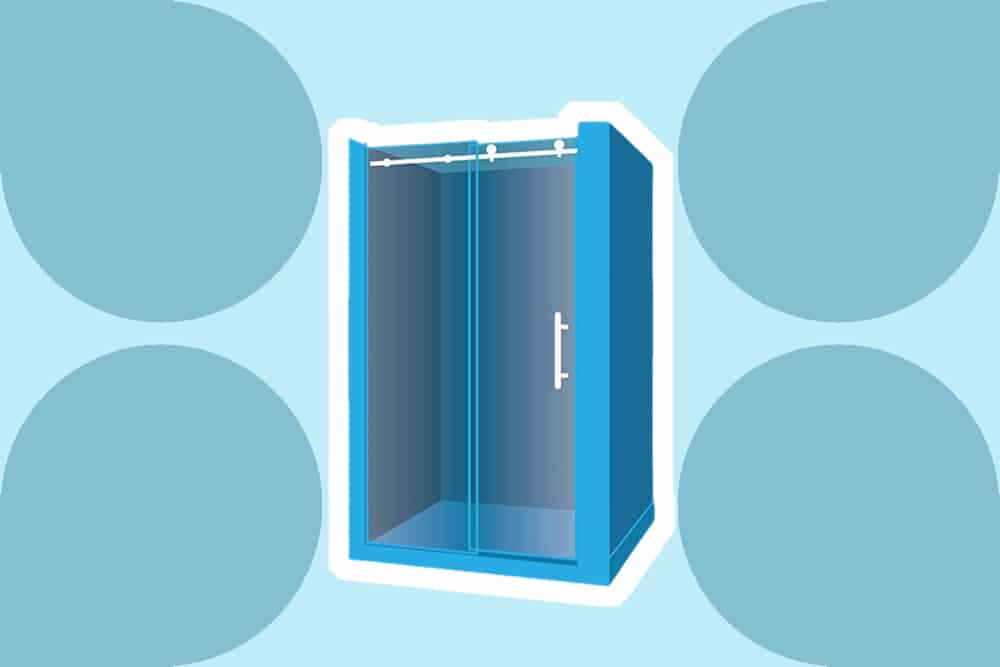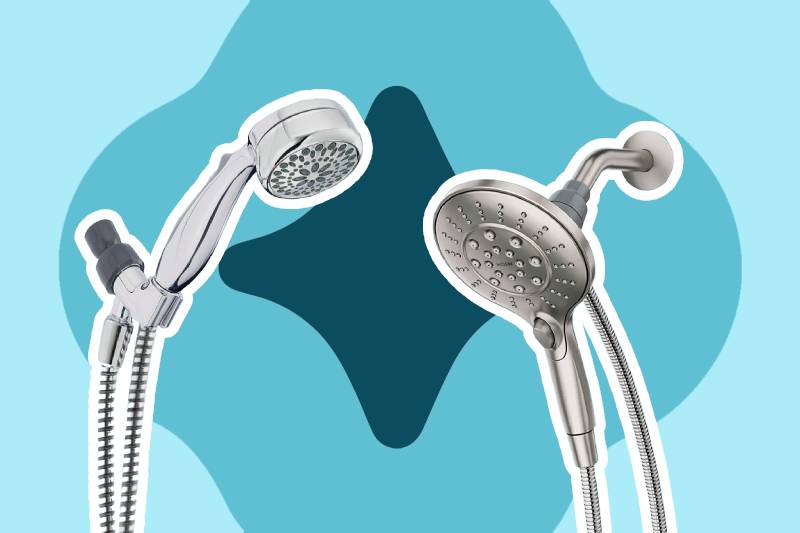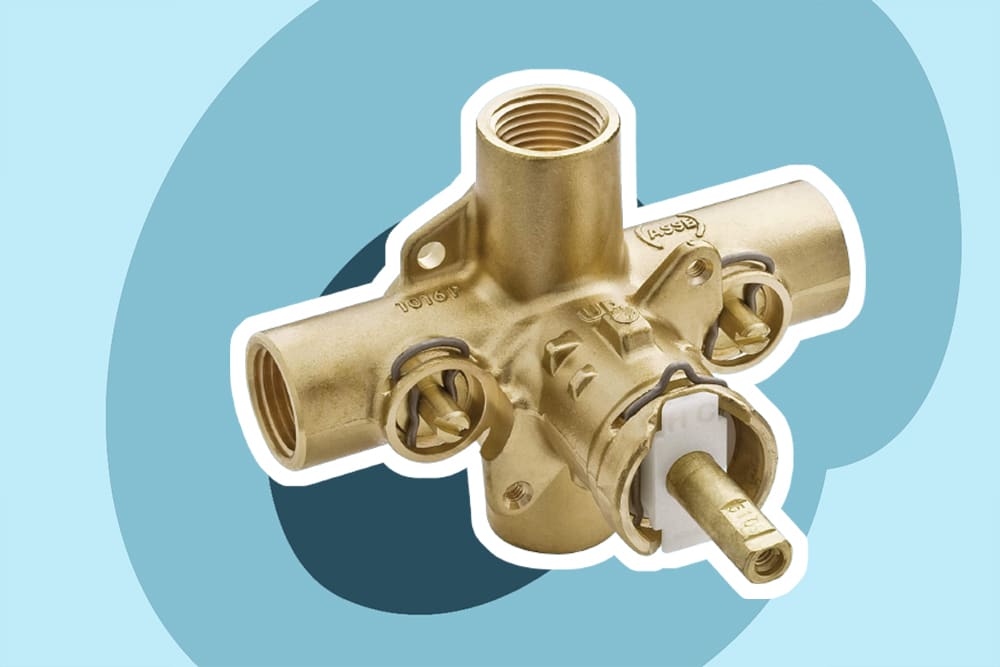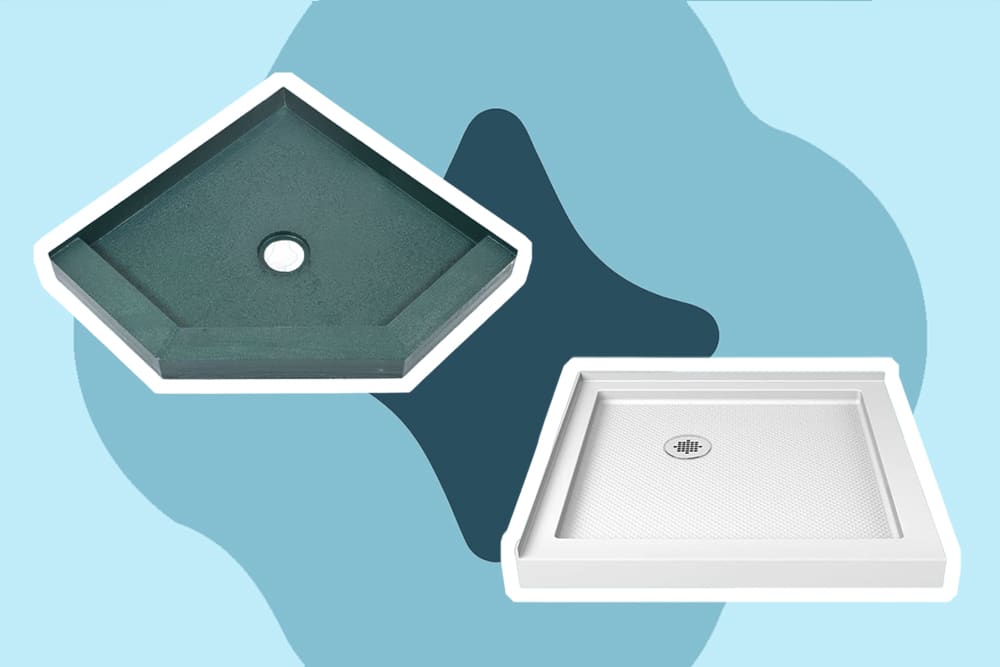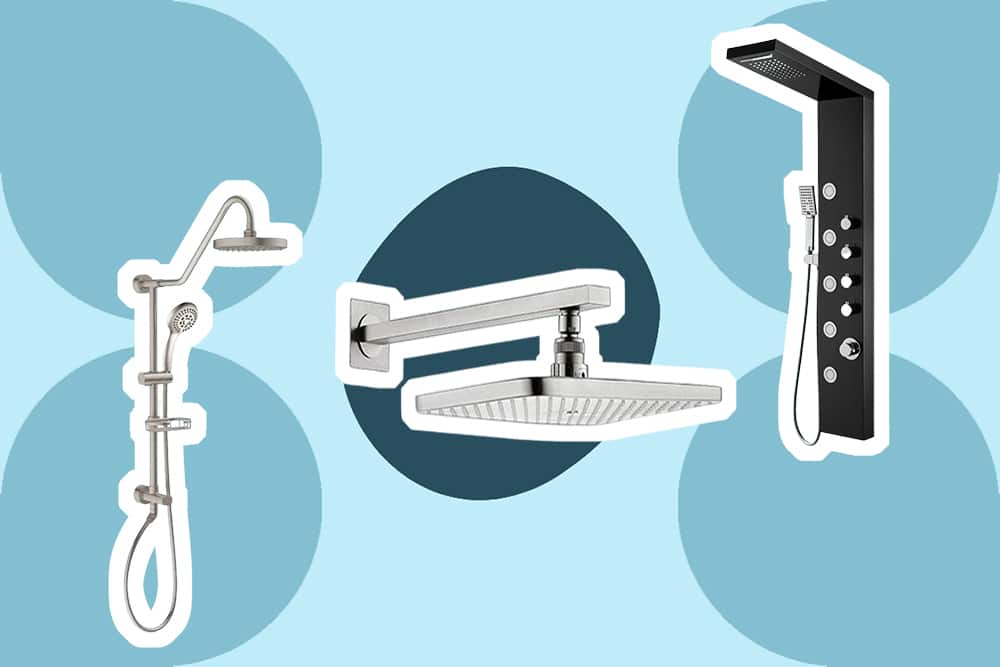

Many instances might require the changing or removal of a showerhead arm. Whether it’s due to leakage or a rustiness of the showerhead, if you need replacement, there’s not much complexity involved in figuring out how to remove a showerhead arm. Just grab the arm and twist in the counterclockwise direction to remove it.
While some people might choose to remove the showerhead properly before pulling out the arm from the junction with the shower rise pipe of water supply, it is not particularly necessary as the shower arm could be removed with the head still screwed to it.
There might be variations as to where you can hold the arm before turning, but this would depend on the state of the arm. It might be broken or rusty, and as such, in most cases, the best position to grab on to is right at the end.
Naturally, all you would need to remove or replace a shower head arm is your hands. But due to the potential for rust and mineral accumulation at the junctions, a couple of tools may be needed. It would be best to have this before you begin to save time.
Tools that might come in handy are:
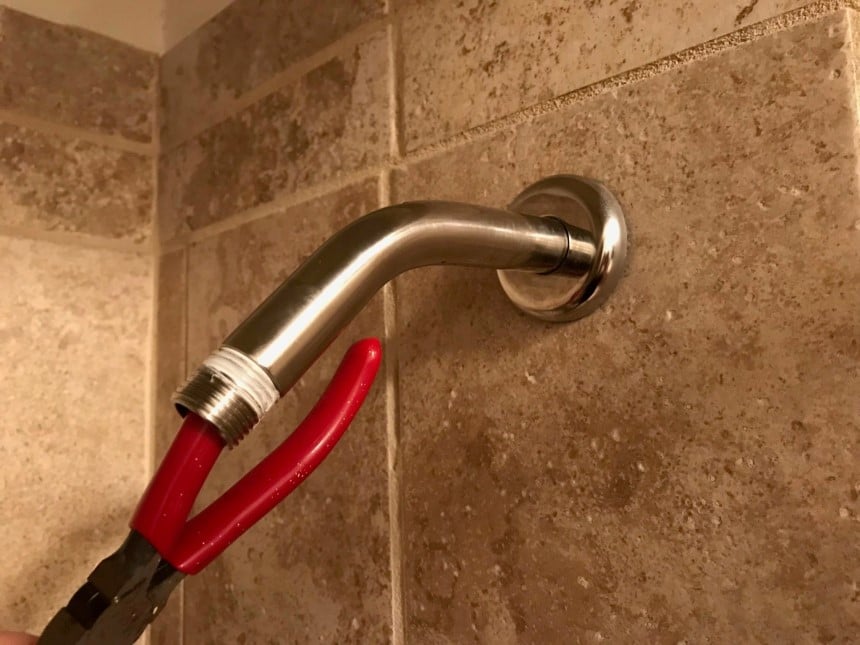
There are generally two ways to this process. The first involves screwing the showerhead onto the shower arm before attaching the showerhead arm to the supply in the wall or to the shower rise pipe. The second involves firstly screwing the shower arm to the rise pipe or the supply in the wall before screwing the showerhead onto the already attached arm.
All of the screwing and turning done in fixing both the shower arm and the showerhead is done to make things tighter, and as such, the appropriate direction to turn in is clockwise.
To ease the burden of removal if the showerhead or arm is to be replaced in the future, apply seal tape or putty to the threads on both ends of the arm before screwing into the wall and showerhead.
Finally, after turning clockwise as far as tightly as your hand can assure, you should use a wrench to make sure that it’s as tight as possible to prevent any leakage. Before using the wrench, though, you should wrap the shower arm with a towel or rag to prevent the jaws of the wrench from scratching the new shower arm.
Many reasons might call for the replacing or removal of a shower head arm, but certain situations such as low flow or weak pressure might just require the showerhead alone to be replaced. In such a case, you might like to purchase a good massage shower head that gives the best shower relaxation feel.
Regardless of which shower head is purchased, be sure to clean the relevant threads on the shower arm before screwing on the new head. You could also add thread seal tapes.
Once done with the replacement of the shower head arm, shower head, or both, any more problems encountered with flow strength or leakage is probably a sign that you have reached the limits of your handiness, and the services of a plumber are required.
